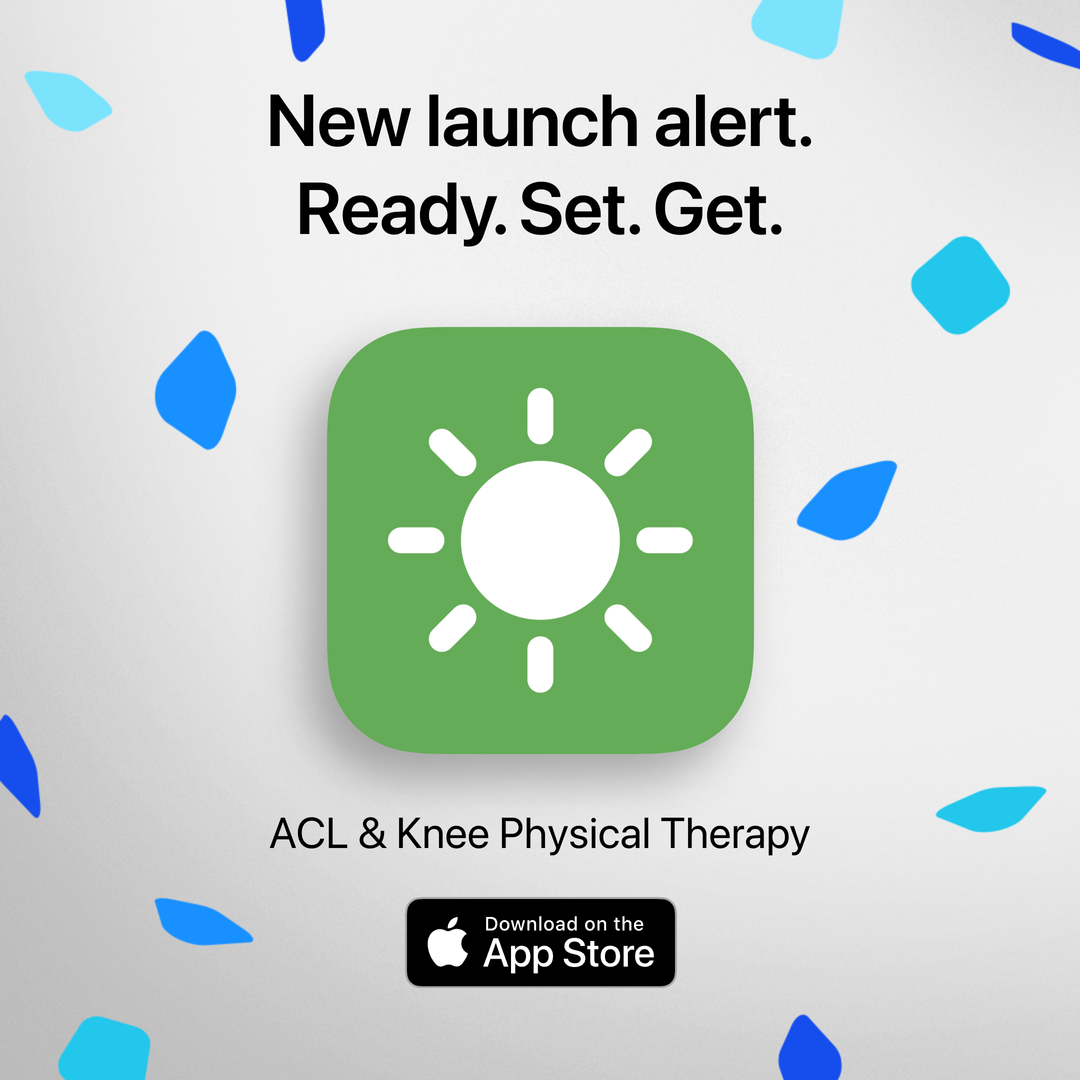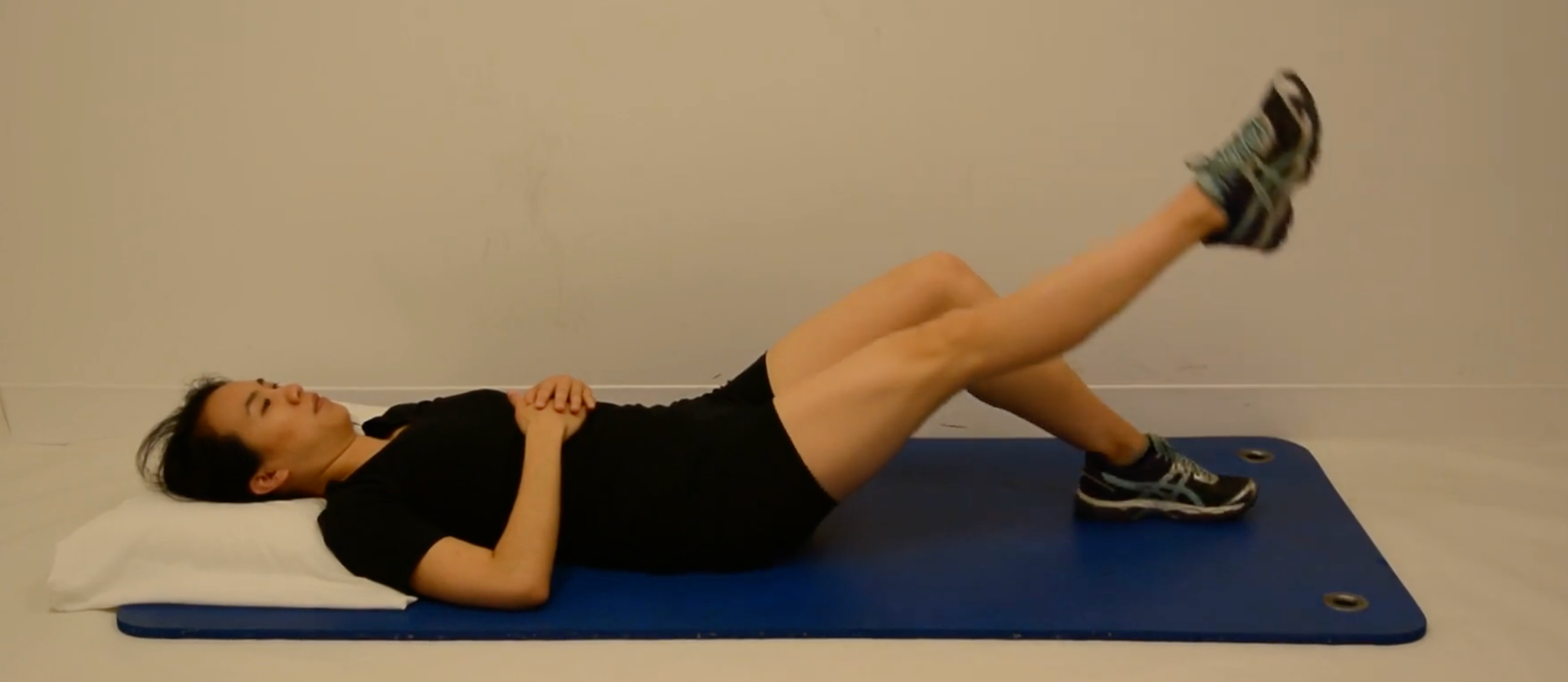The leg raise is an exercise that is prescribed after ACL surgery, total knee replacement and total hip replacement and often patients have to do this exercise for 10 repetitions, 3 sets, 3 times per day, EVERY DAY!!
That's a lot of leg raises!
Here is why they are so important:
Doing a straight leg raise without letting your knee bend allows you to be strong enough to walk without your knee giving out. You will improve the strength of your quadriceps muscles (muscles above your knee cap) right after surgery. These muscles get weak and smaller in size right after surgery and the leg raises help to (partially) restore them to their prior level of strength and size.
You will improve your ability to straighten your knee which is called knee extension. Knee extension is very important to be able to walk without a limp in the first few days after surgery.
You will be able to stop using crutches within the first 10 to 14 days. Note - some patients have been advised to use crutches for longer and you should follow the advice of your health care provider after surgery. The straight leg raise will allow your leg to be strong enough to eventually do squats and lunges with your body weight.
Right after knee or hip surgery you will not be able to lift your own leg due to pain, swelling and weakness. For more information on relieving and reducing pain after surgery, check out this blog here. The isometric quad contractions (meaning contracting your quads without lifting your leg) are the first step. Once you can do isometrics you progress to the straight leg raise, but ONLY if you can do them without letting your knee bend as you lift your leg. If you do the straight leg raise and allow your knee to bend you will put undue stress on your new ACL graft. So start the straight leg raise only when you can do them without letting your knee bend.
For all the detailed exercise videos after ACL surgery use our ACL, total knee replacement and total hip replacement app - Curovate. Find the links below!
If you need further customized assistance during your surgery or injury recovery check out our Virtual Physical Therapy page to book your 1-on-1 video session with a physical therapist.









